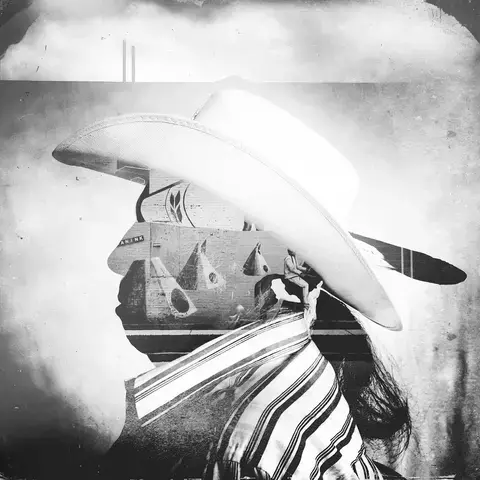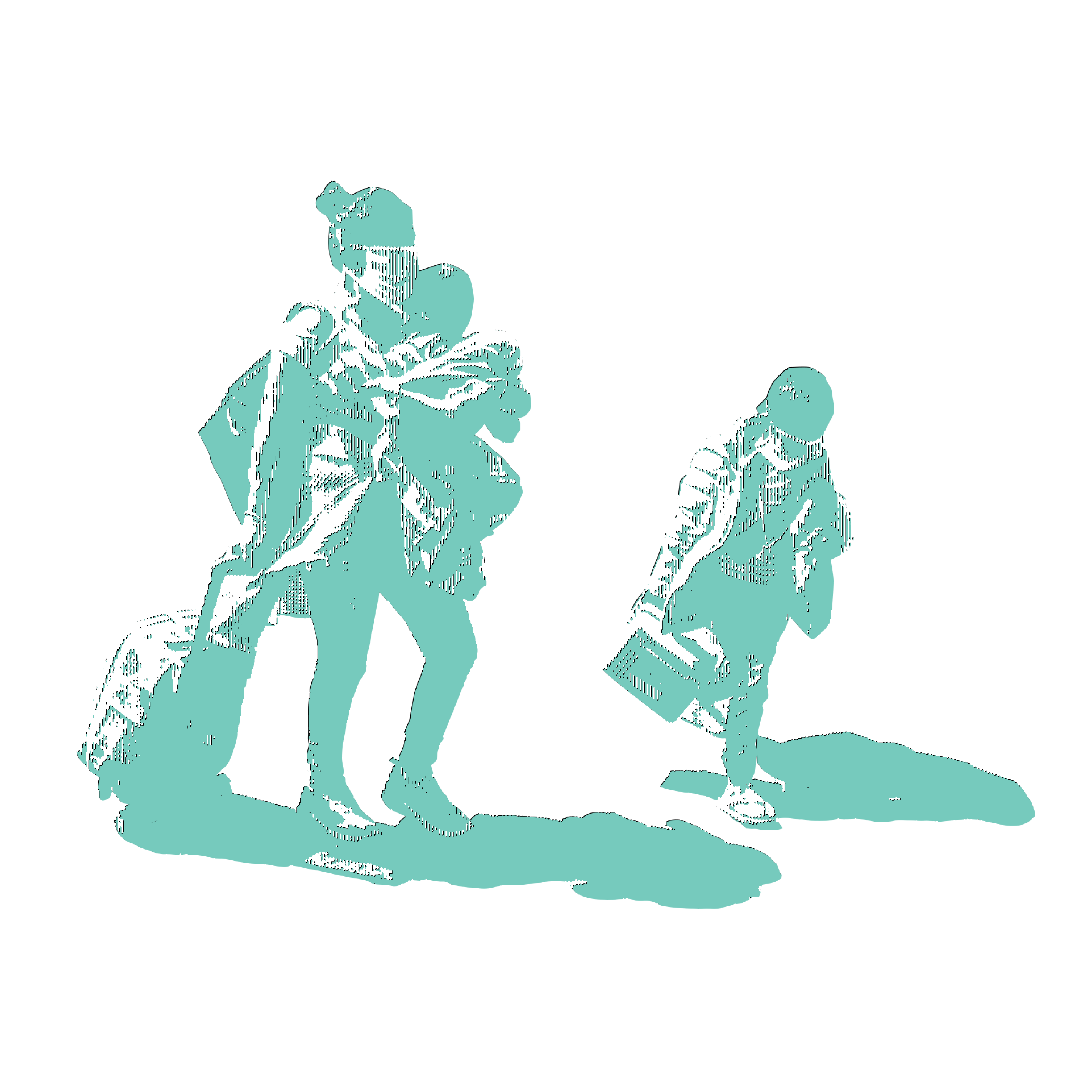Lesson Plan January 5, 2016
Canada's Residential Schools: Daniella Zalcman visit prep
Country:
Grades:
Questions for "The Bitter Legacy of Canada's Forced-Assimilation Boarding Schools"
- First, look at the photo of Mike Pinay without any context. What is the first thing that comes into your mind when you see it?
- Think about your own identity. How do you define it? Who, or what, should define a person's identity?
- Is there a "case for reparations" to be made here? Should the Canadian government be responsible for making sure the effects of the residential schooling system are mitigated? If so, what should they do?
"For 120 years, the Canadian government operated a network of Indian Residential Schools that were meant to assimilate young indigenous students into western Canadian culture. Indian agents would take children from their homes as young as two or three and send them to church-run boarding schools where they were punished for speaking their native languages or observing any indigenous traditions, routinely sexually and physically assaulted, and in some extreme instances subjected to medical experimentation and sterilization.
"The last residential school closed in 1996. The Canadian government issued its first formal apology in 2008."
-Daniella Zalcman's project page, "Signs of Your Identity," on Pulitzer Center website

Mike Pinay, Qu'Appelle Indian Residential School, 1953 to 1963. "It was the worst ten years of my life," he says. "I was away from my family from the age of six to sixteen. How do you learn about relationships, how do you learn about family? I didn't know what love was. We weren't even known by names back then. I was a number." Image by Daniella Zalcman. Canada, 2015.
In this lesson we'll examine the work of Daniella Zalcman and introduce her project about the legacy of Canada's residential schooling system.






